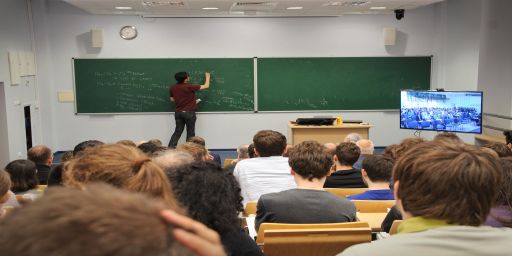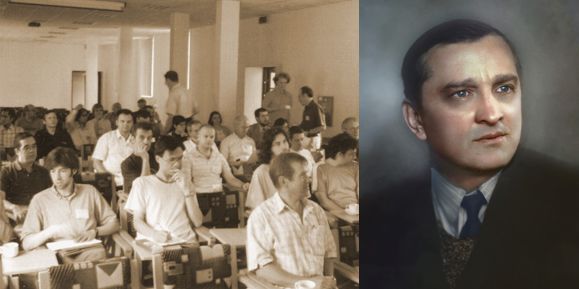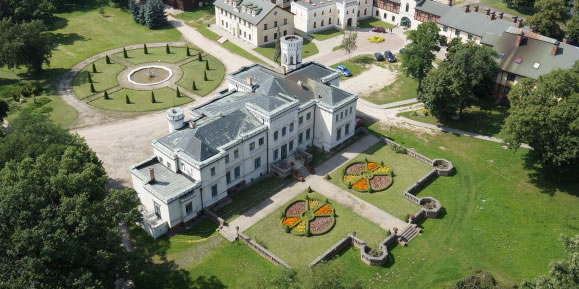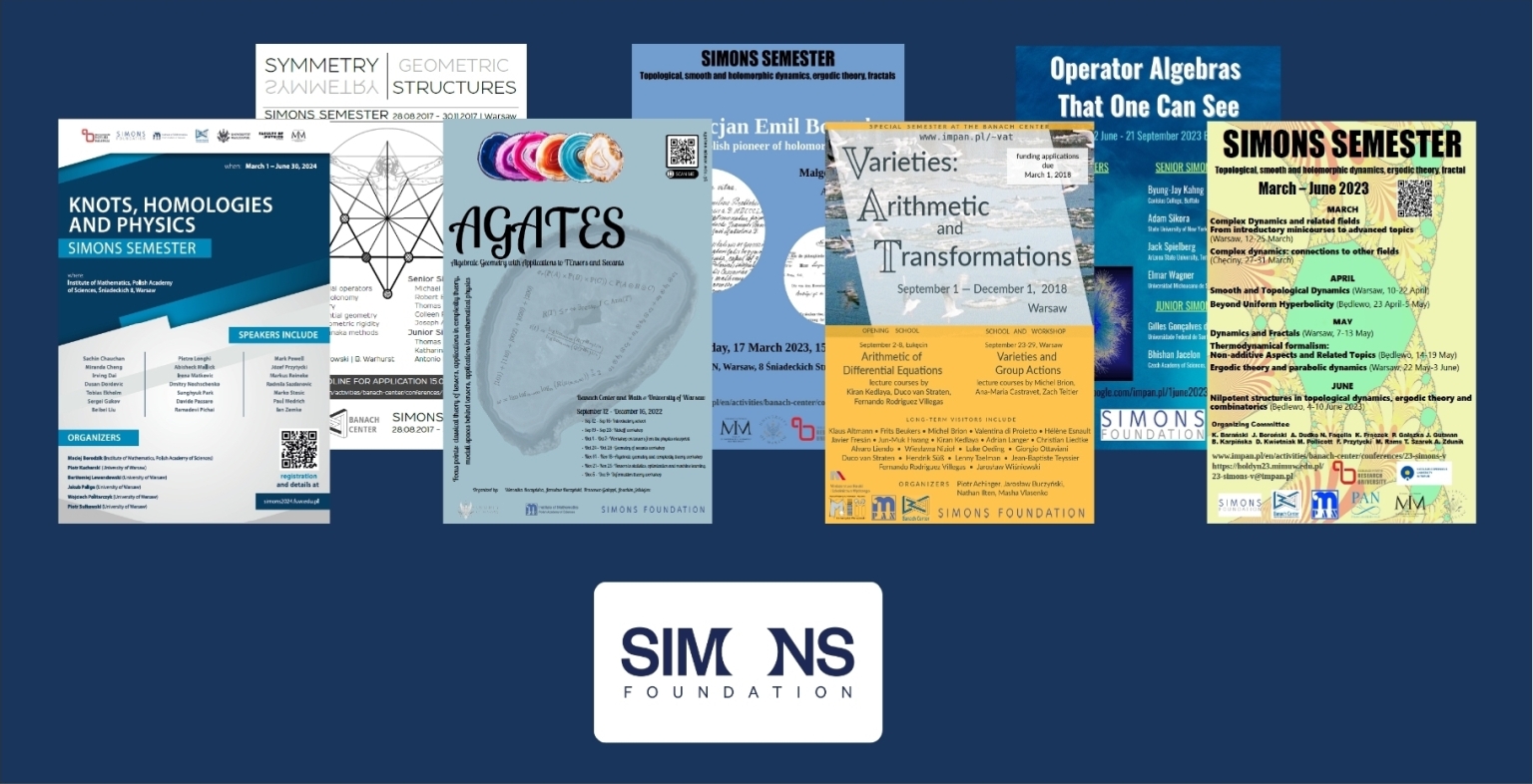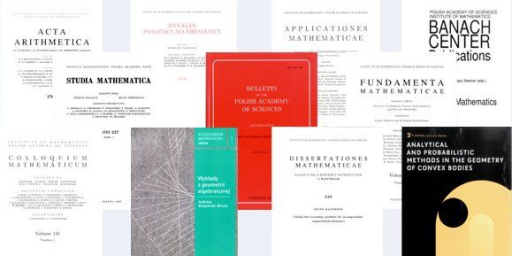New measurements of gravitational waves obtained through a network of LIGO and Virgo detectors.
From the 1st of April 2019, the LIGO and Virgo gravity wave detectors have started the third observational campaign, the so-called O3. Improving the sensitivity of detectors and the fact that the three LIGO and Virgo instruments operate simultaneously from the first day of the campaign have given unprecedented possibilities. In addition, for the first time, scientists from the LIGO-Virgo consortium provide public alerts about registered signals. The alert is sent immediately after the detection of a signal which with sufficient probability has been identified as a signal emitted by the astrophysical source of gravitational waves. This strategy aims to enable the observation of the source of the signal by observatories recording electromagnetic waves or neutrinos and thus increasing the extraordinary scientific potential of these multi-aspect observations.
Since the 1st of April six public LIGO-Virgo alerts have been sent, all of which are available in the database of significant signals to be treated as candidates of gravitational waves (https://gracedb.ligo.org/latest/). Four of these signals have been classified as potential collisions of black holes in double systems. One is a collision of two neutron stars, and one is a completely new type of signal coming from a collision of a neutron star and a black hole. Their full assessment requires a comprehensive, ongoing analysis. If these signals are confirmed, they will enlarge the catalog of eleven signals emitted by similar systems detected by LIGO-Virgo during previous observation campaigns and will help us better understand the formation processes of these extremely compact objects and the nature of gravity, space and time.
Among the participants in the VIRGO project is a Polish team led by Professor Andrzej Królak from the Polish Academy of Sciences.

